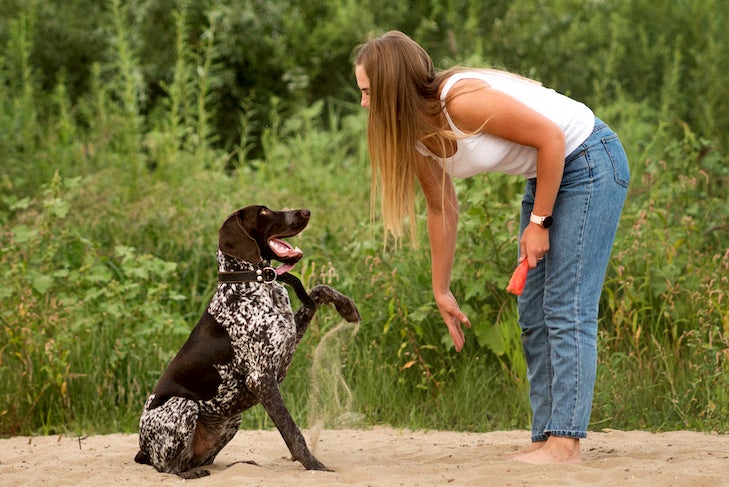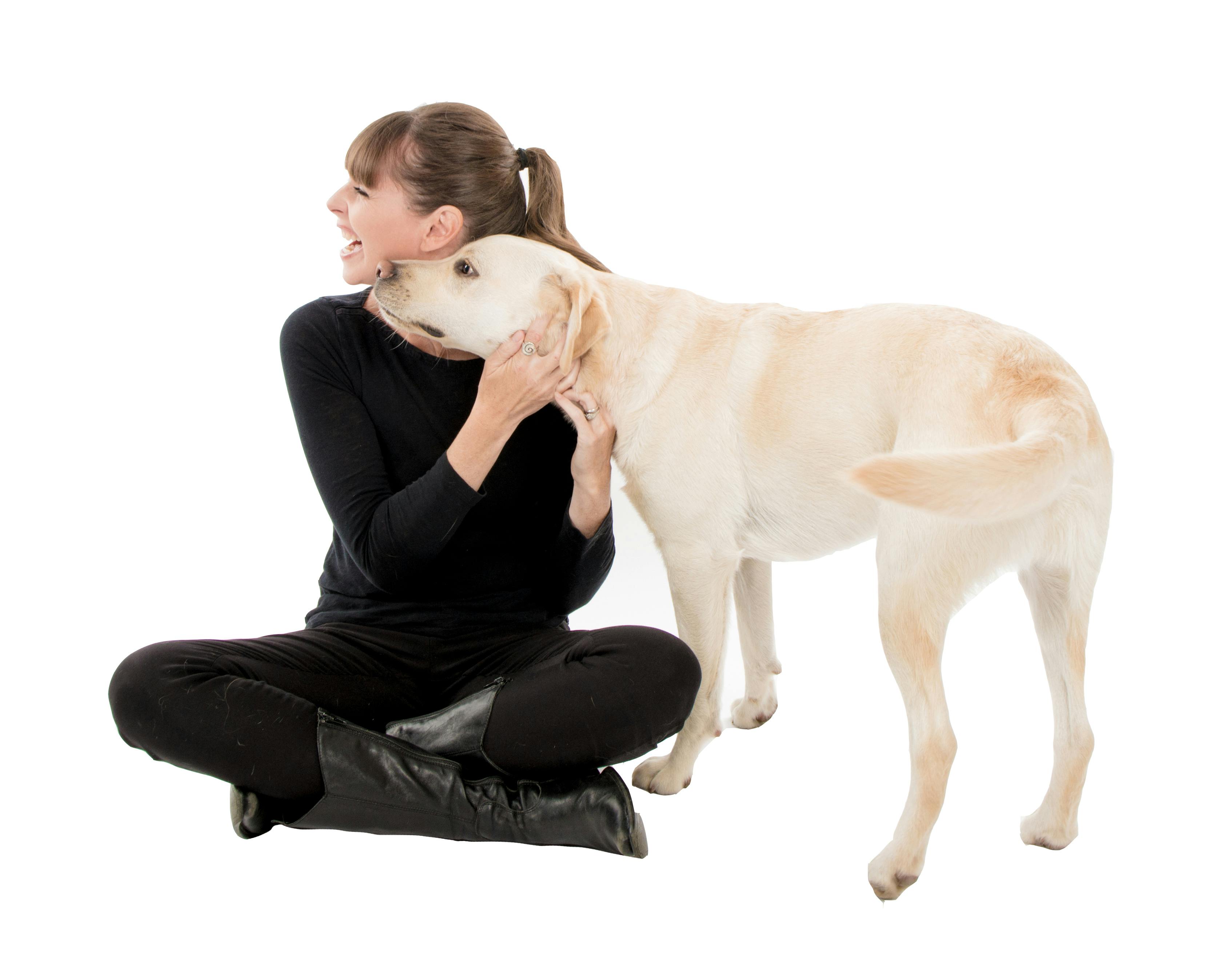Board and train Raleigh NC programs for obedient dogs.
Board and train Raleigh NC programs for obedient dogs.
Blog Article
Master Essential Commands: Effective Canine Educating Facilitated
Efficient pet training is an essential element of liable pet dog possession, and grasping essential commands serves as the structure for an unified connection in between handler and pet. Recognizing the nuances of canine habits and the training process is vital; nonetheless, the trip to a well-trained pet usually presents unforeseen hurdles that require attention.
Comprehending Your Canine's Actions
To realize the nuances of efficient dog training, it is necessary to break down and examine your pet's actions. Dog training. Understanding the motivations behind your canine's activities is important; behaviors can stem from reaction, concern, exhilaration, or a desire for interest. By observing your pet dog in different situations, you can identify patterns that might show underlying feelings or requirements
As an example, a pet dog that barks excessively might be expressing monotony, anxiousness, or a need for social communication. Conversely, a canine that displays destructive habits could be seeking excitement or alleviation from stress and anxiety. Recognizing these triggers allows you to customize your training strategy efficiently.
Additionally, it is essential to think about the pet's type qualities, as they can affect habits considerably. Some types are predisposed to particular attributes, such as herding or protecting instincts, which can influence their responses to certain stimuli.
Last but not least, consistency in your feedbacks to your pet dog's habits cultivates a better understanding between you and your family pet. This mutual comprehension is foundational for developing trust and helping with an efficient training procedure that nurtures both behavioral correction and favorable support.
Crucial Commands to Educate
Showing vital commands is an essential facet of effective pet training, supplying the structure for a well-behaved and receptive pet. These commands not only improve communication between the proprietor and the pet dog but additionally make certain safety in different environments.
The most vital commands include "Sit," which urges your pet to stay fixed and calm; "Stay," which reinforces the idea of remaining in one place up until launched; and "Come," which is crucial for remembering your pet from possibly harmful scenarios. "Down" instructs canines to relax, advertising leisure and control, while "Leave it" helps protect against dogs from picking up hazardous or undesirable items.
" Heel" is one more crucial command that encourages your canine to stroll closely close to you, improving leash manners. Last but not least, "No" serves as a vital boundary-setting command, assisting to deal with unwanted actions.
Training Methods for Success
Reliable pet training counts heavily on employing a selection of methods that provide to both the pet's learning style and the owner's training objectives. One essential technique is positive support, which includes satisfying desired habits with deals with, appreciation, or play. This method motivates the pet dog to repeat those habits, fostering a strong bond between proprietor and animal.

An additional effective method is clicker training, where a distinctive audio, made by a clicker, notes the specific minute a canine carries out a preferred activity. This accurate timing helps pets link the actions with the incentive, boosting their understanding.
Uniformity is essential in all training approaches. Developing clear commands and keeping the very same signs helps the pet grasp expectations a lot more rapidly. Furthermore, brief, appealing training sessions avoid monotony and boost retention.
Including socialization opportunities is also vital. Revealing pet dogs to various settings, individuals, and other animals aids them create self-confidence and versatility.
Lastly, patience plays a considerable duty in successful training - Dog training. Each canine learns at their very own speed, and comprehending this can cause a more satisfying training experience for both the owner and the dog. Executing these techniques will establish the foundation for efficient canine training
Typical Difficulties and Solutions
Regardless of the best training techniques, pet dog proprietors typically experience common difficulties that can prevent development. One widespread problem is incongruity in commands and signs. When family participants utilize various commands for the same habits, it perplexes the pet dog, resulting in irregular actions. The remedy depends on developing a unified strategy amongst all member of the family, making certain that everybody makes use of the very same terminology and signals.

Furthermore, some pets might display stubbornness or absence motivation. This can frequently be addressed by incorporating favorable reinforcement methods, such as deals with or appreciation, to urge preferred actions. Customizing benefits to what your pet finds most motivating can considerably enhance their involvement.
Last but not least, fear or stress and anxiety can impede development in training. Acknowledging signs of stress and changing the training pace as necessary is essential. Using progressive direct exposure to been afraid stimuli can help build self-confidence over time, facilitating an extra effective training experience.
Keeping Uniformity and Patience
Uniformity and patience are extremely important in pet training, as they form the foundation for achieving long-term behavior changes. Pet dogs grow on regular and clear assumptions; thus, keeping a useful link constant method in commands, benefits, and improvements is important. When instructors use the exact same hints and signals accurately, canines are much better able to realize what is being asked of them. Variance can cause complication and stress, threatening the training process.
Pets, a lot like people, have varying learning rates and might not realize commands immediately. Positive support plays a vital function right here, fulfilling wanted habits and assisting to promote a trusting relationship between the canine and trainer.
Final Thought
Grasping essential commands is essential to effective canine training, promoting enhanced interaction and reinforcing positive habits (Dog training). Ultimately, a trained pet dog not just exhibits excellent habits but read this post here also develops confidence, adding to an unified connection between the pet dog and its proprietor.
Report this page